THE PRAYER BOOK
THROUGH THE AGES
Revised Edition of
The Story of the Real Prayer Book
William Sydnor

OTHER BOOKS BY WILLIAM SYDNOR
How & What the Church Teaches
Jesus According to Luke
Keeping the Christian Year
Looking at the Episcopal Church
More than Words
The Son of God (with Edric Weld)
Sundays Scriptures
Traveling the Way (with Drusilla McGowen)
Your Voice, Gods Word
Introductions to the Scripture Read in Worship
ACKNOWLEDGMENTS
I thank the following publishers and other copyright owners for permission to quote from the works listed.
Macmillan, London and Basingstoke, for F. Proctor and W.H. Frere, A New History of the Book of Common Prayer, 1955, and G.J. Cuming, A History of Anglican Liturgy, 1969.
Oxford University Press, for P. Dearmer, The Story of the Prayer Book, 1933.
The Folger Shakespeare Library, for J.E. Booty, The Book of Common PrayerThe Elizabethan Prayer Book, 1976.
There are numerous quotations, principally from editorials and letters to the editor, which these periodicals have given me permission to use: The Christian Challenge, The Churchman, The Living Church, The Witness, and OpenThe Associated Parishes Newsletter.
Historical Magazine of the Protestant Episcopal Church gave permission to quote from A. Dean Calcote, The Proposed Prayer Book of 1785, Vol. XLVI, September, 1977.
Marion J. Hatchett gave permission to quote from The Making of the First American Prayer Book, his doctors dissertation, 1973.
If the author has inadvertently infringed any copyright, sincere apologies are offered.
Copyright 1978 by William Sydnor
Morehouse Publishing
Copyright Revised Edition 1997 by William Sydnor
All rights reserved. No part of this publication may be reproduced, stored in retrieval system, or transmitted in any form or by any means, electronic, mechanical, photocopying, recording, or otherwise without the prior permission of the copyright owner.
Morehouse Publishing
Corporate Office:
P.O. Box 1321
Harrisburg, PA 17105
Morehouse Publishing is an imprint of Church Publishing Incorporated.
A Catalog record for this book is available from the Library of Congress.
ISBN: 0-8192-1509-0
Cover art: Portrait of Thomas Cranmer from The New Episcopal Way by Carl G. Carlozzi, also available from Morehouse Publishing.
Dedication
to
Caroline
who knows how to keep smoldering embers aglow
PREFACE
The predecessor of this book, now titled The Prayer Book Through the Ages, first saw the light of day in answer to a protest nearly two decades ago. The protester wanted a return to the real Prayer Book services. He meant the 1928 Book. The answer to him was The Story of the Real Prayer Book in which the eight revisions of the Book of Common Prayer since 1549 were describedwhy each revision was necessary, what was changed, added, omitted, but more importantly, what was always retained in the new book.
The Story of the Real Prayer Book was argumentative, intended to justify the appearance of the 1979 Book. This revised edition intends to take a more temperate view of the whole history of the Book of Common Prayer during its centuries of use.
The people who were my mainstays during the days when I was writing The Story of the Real Prayer Book included these gifted persons who were generous with their help and encouragement. This volume contains many of their insights.
 The Rev. Marion J. Hatchett gave me advice, heartening support, and the invaluable use of his doctoral dissertation.
The Rev. Marion J. Hatchett gave me advice, heartening support, and the invaluable use of his doctoral dissertation.
 The Rev. Leo Malania, Co-ordinator of Prayer Book Revisions, was most generous in opening his files to me.
The Rev. Leo Malania, Co-ordinator of Prayer Book Revisions, was most generous in opening his files to me.
 The Rev. Charles P. Price has helped more than he realizes with his shared insights from his wealth of liturgical knowledge.
The Rev. Charles P. Price has helped more than he realizes with his shared insights from his wealth of liturgical knowledge.
 Dr. Ralph C.M. Flynt kindly put his extensive collection of Prayer Books and related materials at my disposal.
Dr. Ralph C.M. Flynt kindly put his extensive collection of Prayer Books and related materials at my disposal.
 The Rev. Reginald H. Fuller and Mrs. Joye Uzzell Pregnall both read the manuscript and made many valuable suggestions and gentle criticisms.
The Rev. Reginald H. Fuller and Mrs. Joye Uzzell Pregnall both read the manuscript and made many valuable suggestions and gentle criticisms.
 And, my wife, Caroline, made the writing easier because she knows the demand, the discipline, the exasperation, and the satisfaction which come from trying to capture ones thoughts on paper.
And, my wife, Caroline, made the writing easier because she knows the demand, the discipline, the exasperation, and the satisfaction which come from trying to capture ones thoughts on paper.
William Sydnor
July 1, 1996
TABLE OF CONTENTS
My advice is that you should make a careful
selection of anything that you have found either
in the Roman, or the Gallic, or any other
Church, which may be more acceptable to
Almighty God, and diligently teach the Church of
the English...
Choosetherefore, from each Church those
things that are pious, religious, and seemly; and
when you have, as it were, incorporated them, let
the minds of the English be accustomed thereto.
Gregory the Great to
Augustine of Canterbury, A.D. 601.
I hope you will never hear from me any such
phrase as our excellent or incomparable
Liturgy... 1 do not think we are to praise the
Liturgy, but to use it.
Frederick Denison Maurice
THE PRAYER-BOOK, Sennon I.
CHAPTER I
AN EXTRAORDINARY BOOK
When you put pen to paper, you expect your written word to endure long enough to carry out its intended purpose. That may be only a matter of minutes or hours for some minor note or message. It may be a matter of days or years for something more permanent. Thomas Cranmer who was Archbishop of Canterbury during the reigns of Henry VIII and Edward VI never dreamed that the fruit of his pen would differ from that pattern. He certainly did not foresee that the Book of Common Prayer which he and a few colleagues compiled and which first appeared in March 1549 would still be in use over 400 years later. He could not have imagined that its phrases and services would become so embedded in the minds of English-speaking folk around the globe that the celebration of lifes milestone eventsbaptism, marriage, burialwould naturally be expressed in his venerable words.
This extraordinary piece of liturgical history deserves to be rehearsed and known for it belongs to all of us regardless of our ecclesiastical affiliation.
Here, then, is the story of that 440 years in the life of the Book of Common Prayer. There have been eight times through the centuries when this venerable book of worship and devotion might have been retired to a dusty shelf and forgotten. But instead, it was revised, updated, and with renewed vitality leads a new generation of worshippers into Gods presence.



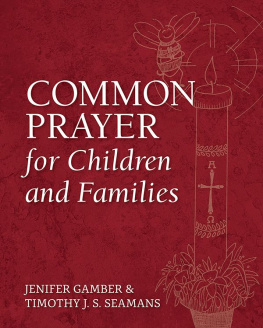
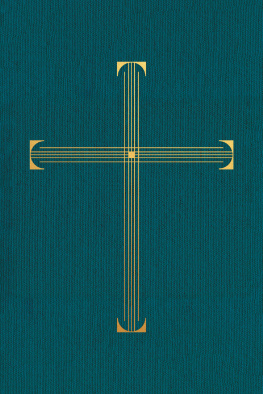
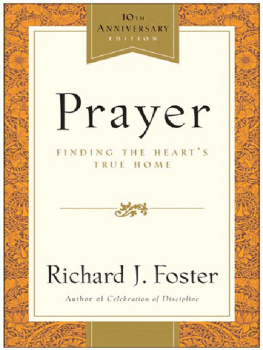
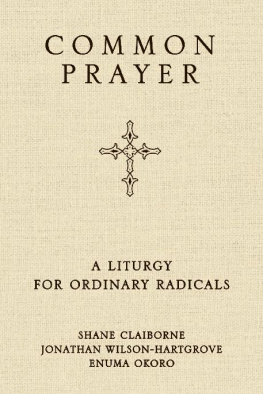
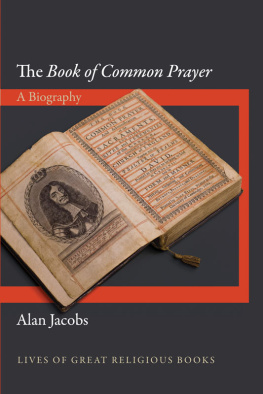
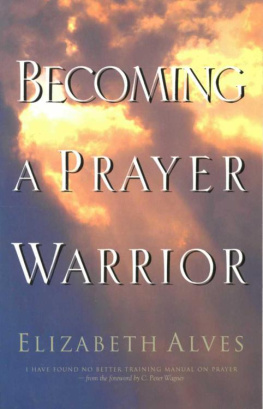
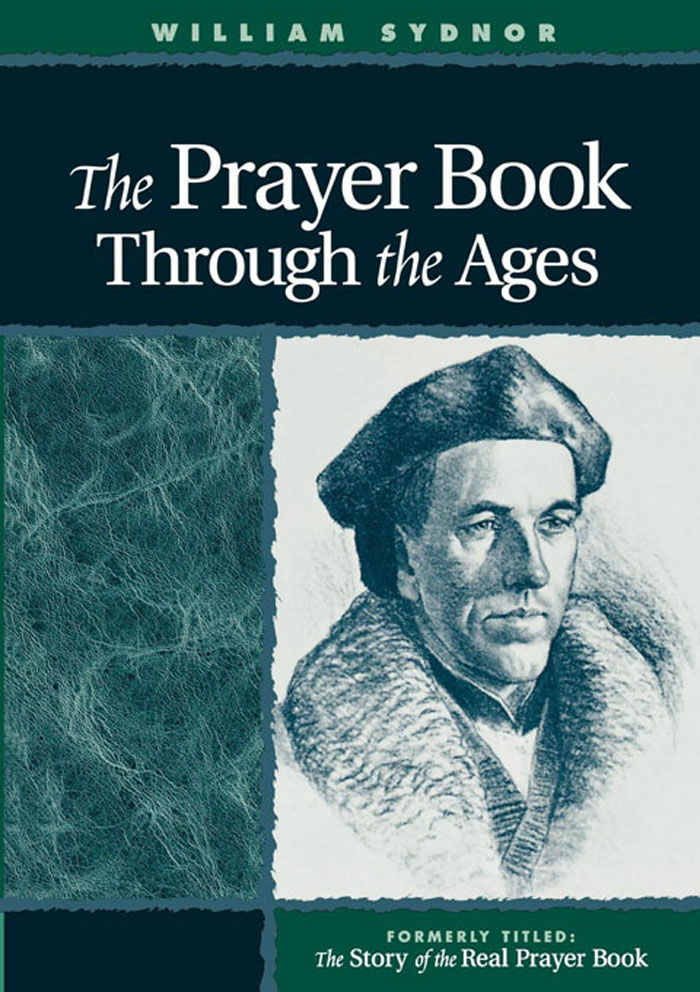

 The Rev. Marion J. Hatchett gave me advice, heartening support, and the invaluable use of his doctoral dissertation.
The Rev. Marion J. Hatchett gave me advice, heartening support, and the invaluable use of his doctoral dissertation.